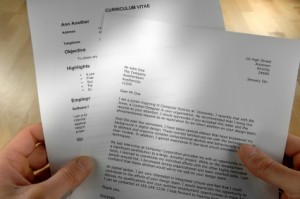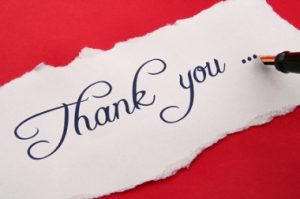You tend to get a lot of advice about the best way to look for a job. While all well-intentioned, often the advice you get is simply wrong. It might be based on someone’s experience from many years ago or it might be the result of something someone heard from someone else.
As someone who has interviewed hundreds of job seekers and human resource professionals, I consider myself an expert in the field of job seeking and I keep up with current hiring trends.
In addition, I also consider myself an expert in personal branding. In the competitive world of job seeking, you are the branded product that is being marketed and promoted. As such, you have various brand touch points (opportunities in which you can influence opinion and motivate behavior) to convince an employer to give you an interview and ultimately offer you a job. Those touch points are your most common job-seeking tools: resumes, cover letters, interviews, thank you notes, cold-calling scripts, personal narratives (90-second pitch) and many others. The branded promise about why you offer value to an employer must be consistent and compelling.
In an effort to help straighten out some of the most common job seeking questions relating to these touch points, I’ve tried to address four of the most frequently asked questions below:
Myth: All resumes must be one page.
Reality: In general, the two-page resume is the accepted standard. The majority of one-page resumes I’ve reviewed are written in small font, with expanded borders that make it incredibly difficult to read. It simply doesn’t make sense to try and stuff the entire chronology of your career into a hard-to-read one-page resume. Exceptions are for entry-level job seekers who may not have accumulated a robust level of experience in their career or for professionals in specific academic and technical fields where they must highlight a chronology of published work and research in more than 2 pages.
Myth: Recruiters prefer functional resumes, organized around skills, experiences and accomplishments, as opposed to chronological resumes, organized by date of previous work experience.
Reality: Survey after survey shows that HR recruiters prefer chronological resumes with strategic, visual patterns that allow the reader to quickly grasp ‘bursts’ of relevant information. In fact, recruiters spend an average of only six seconds on each resume before making a ‘yes’ or ‘no’ decision.
A recent study says, “…recruiters tend to follow a consistent visual path when reviewing both resumes and online profiles, so an organized layout is crucial. A clear visual hierarchy with present relevant information where recruiters expect it, help quickly guide recruiters to a yes/no decision.“
“…the ‘gaze trace’ of recruiters is erratic when they review a poorly organized resume, and recruiters experience high levels of cognitive load (total mental activity), which increases the level of effort to make a decision. Chronological resumes have less data, were evenly formatted and are described as ‘clearer.’”
In addition, more and more companies are using computerized applicant tracking systems which are ranking candidates based on keywords, phrases and dates relating to the position. Chronological resumes are easier to customize for each job so you can strategically insert key words and phrases from the job posting to align with the computerized tracking systems.
Myth: You don’t have to include a cover letter, nobody reads them anyway.
Reality: Every job you apply for should include a cover letter. Cover letters are your way to expand on your resume in narrative form. Unlike a resume, a cover letter is your first opportunity to start a conversation about not only what you did, but how you did it! It allows you to use language to introduce your personality and, based on your research of the company, to begin to demonstrate how you would fit the culture of the organization.
Myth: Follow up thank you notes don’t matter.
Reality: Thank you notes are not only good manners, they influence the hiring process in BIG ways. Time and time again, recruiters tell me that hand written thank you notes from candidates are looked upon positively and influence their decision making process about candidates. There are reasons for this. Primarily, it sends a message that you are serious about the job and that you have taken an extra step to let the person who has interviewed you know this. Secondarily, it creates RECALL of your interview. Recruiters and hiring managers are in interviews all day! A short thank you note hitting on some the relevant points you believe you ‘connected’ with the recruiter during the interview will remind them of your interview and your relevant qualifications and experience But remember, a short handwritten thank you note is best. Studies have shown email thank you notes to be impersonal and easy to get lost in the daily email shuffle.









